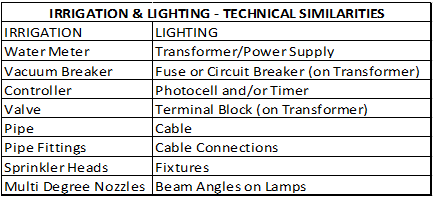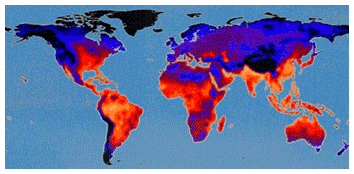
by Tom Barrett | Aug 7, 2024
Test Your Knowledge With
Our Backflow Quiz
National Backflow Prevention Day is observed every year on August 16.
The day is dedicated to public education on the critical need for backflow prevention and cross-connection control. It’s also a time to recognize the professionals who ensure our available water supply remains contaminant-free. (If you install or inspect backflow preventers on irrigation systems, that means you!)
But how much do you really know about backflow prevention? Take our quiz and find out. (Answers are below, but no fair peeking!)
#1. One of the first documented backflow incidents occurred at the 1933 Chicago World’s Fair when the water supply at two hotels was tainted with amoebic dysentery.
How many people died because of that incident?
 A. Almost 50
A. Almost 50
B. About 100
C. More than 200
D. Every fair visitor
E. No one died
#2. When did water purveyors first become legally responsible for the quality of drinking water?
A. In 1934, right after the World’s Fair incident.
B. In 1945, when the first Uniform Plumbing Code was created
C. In 1974, with the passage of the Safe Drinking Water Act
D. In 1970, when the Environmental Protection Agency was established
E. They’ve always been legally accountable for water quality.
#3. Which of the following is the most common household source of cross-connection contamination?
A. Toilets
B. Washing machines
C. Fire sprinkler systems
D. Exterior taps and hoses
E. Clogged drains
#4. Which of the following backflow incidents occurred in Ohio?
A. In 1997, backflow from a fire hydrant tainted the tap water of 40,000 households with 60 gallons of firefighting foam.
B. In 2015, E. coli contaminated the entire water supply of a large U.S. city because a single homeowner failed to install a backflow preventer on his irrigation system.
C. In 1970, wine backflowed from a distilling tank into a large city’s water mains and out of the faucets of nearby homeowners.
D. In 1991, an improperly installed AVB on a residential irrigation system caused rust, debris and parasitic worms to flow into the water supply of a small U.S. city.
E. In 1996, about 50,000 gallons of reclaimed water backflowed into a large city’s potable water supply after improper installation of a residential irrigation system.
#5. In 1898, a water utility was penalized for the first time because of contaminated water. How much was the fine?
 A. $500
A. $500
B. $10,000
C. $5,000
D. $15,000
E. No fine, but the utility was shut down.
#6. Who can be held accountable for installing the wrong type of backflow preventer on an irrigation system?
A. Water purveyor
B. Inspector
C. Customer
D. Contractor
E. A, C and D
Answers
#1. Answer: B. Nearly 100 deaths and over 1,700 documented cases of illness are attributed to the incident, which spread across 206 U.S. cities. (Because the incubation period for Amoebic Dysentery is 12-30 days, the sickness was not discovered until the visitors had returned to their homes.) It was one of the deadliest backflow events in history. Ironically, the fair’s theme that year was “A Century of Progress.”
#2. Answer: C. While public health officials have been concerned about water quality and backflow prevention since the turn of the 20th century, it wasn’t until the passage of the Safe Drinking Water Act in 1974 that Congress took action to safeguard human health from contaminants in drinking water.
#3. Answer: D. According to Contractor magazine, exterior taps and garden hoses are the most common source of backflow in the U.S.
#4. Answer C. The wine backflow incident occurred in December 1970 in Cincinnati. (Sort of brings a whole new meaning to “wine on tap”!) The fire hydrant incident occurred in Charlotte, NC; the E. coli affair happened in Corpus Christi, TX; the worms flowed in Southgate, MI; and the reclaimed water event occurred in Tampa-St. Petersburg, FL.
#5. Answer: C. The utility was fined $5,000. Today, a federal court can assess up to $15,000 per day as a penalty for maintaining a hazardous connection.
#6. Answer: E. The water purveyor is responsible for water quality to the last meter connection. Water customers are ultimately responsible for properly maintaining their irrigation systems. And, of course, the contractor is responsible for ensuring the work is done properly. The backflow inspector is only responsible for those devices he has inspected and certified as safe. (Okay, so it was a trick question.)
Sources:
Featured Image: Adobe, License Granted
American Backflow Prevention Association
Chicago Backflow Inc.
Study Stack
Backflow Solutions Inc.
University of Florida

by Tom Barrett | Jul 10, 2024
Best Practices for Keeping
Nature’s Bloodsuckers at Bay
It’s July in Ohio, and that means mosquito season will soon reach its peak.
As a green industry professional, you can help reduce mosquito populations in your customers’ landscapes.
More Than Just a Nuisance
According to the CDC, West Nile virus (WNV) is the most common mosquito-borne disease in the continental United States. Around 2,205 cases are reported each year. Unfortunately, there is currently no treatment or vaccine for the disease. Although 80% of people infected are asymptomatic, 20% experience fever and flu-like symptoms. One percent of those will become disabled or die.
 The mosquito responsible for WNV is found throughout Ohio, but primarily in the northern and western parts of the state. About 58 human cases of the virus are reported each year in Ohio. However, epidemics can flare up under certain environmental conditions, such as the 441 cases in 2002 and 122 cases in 2012.
The mosquito responsible for WNV is found throughout Ohio, but primarily in the northern and western parts of the state. About 58 human cases of the virus are reported each year in Ohio. However, epidemics can flare up under certain environmental conditions, such as the 441 cases in 2002 and 122 cases in 2012.
Another mosquito-borne disease that affects Ohioans is the La Crosse virus (LACV). LACV is endemic in Ohio, where more human cases have been reported than any other state (about 20 per year).
The aggressive mosquito that carries LACV is a daytime biter commonly found in wooded areas, mainly in the state’s eastern and southern forests. LACV can cause swelling of the brain (encephalitis) and usually affects young people under the age of 16.
Breeding Ground
Mosquitoes breed in standing water. Any water that remains stagnant for more than a few days allows mosquito larvae to develop, particularly where debris serves as a food source. (Did you know that some mosquito species can breed in containers as small as a bottle cap?!)
Here’s what you can do:
 Bug Off!
Bug Off!
Certain plants possess active mosquito-repelling properties. Encourage your customers to incorporate some of these plants into their residential landscapes:
- Mint
- Bee Balm
- Allium
- American Beautyberry
- Catnip
- Marigold
- Fennel
- Basil
- Lavender
- Thyme
- Lemon Balm
- Sage
Source: The Spruce
- When designing a landscape, remember that certain soil types and natural terrain depressions can cause water to pool quickly.
- Conduct a full property inspection for potential pooling areas every time you visit a customer’s outdoor space. Drainage areas blocked by tree limbs, leaves, or rocks can result in stagnant water.
- If you observe any standing water, work with your customer to ensure the container (birdbath, planter, tire swing, pool cover, etc.) is emptied every three to five days, and the sides are scraped to dislodge mosquito eggs.
- Plug any hollow stumps or tree holes that hold water. Remind customers to drill holes in swings and other objects for drainage.
- Keep grass and shrubbery well-trimmed and repair leaky irrigation or drainage pipes.
Mosquito Control
Mosquito control that treats both young and adult mosquitoes can further reduce the pesky populations.
- The professionals at Site One recommend spraying LESCO Mosquito-Free Insecticide around the outdoor living space. Other control methods include traps and repellents, many of which are organic and bio-friendly.
- For areas with unavoidable standing water — such as water gardens — apply pet-safe Mosquito Dunks.
- Advise your customers about bio-friendly insecticides and mosquito repellents, such as NatureShield® and Mosquito Magician. These products will not harm birds or pollinators, and they can be applied directly through the homeowner’s irrigation system.
Sources:
Featured Image: Adobe, License Granted
Irrigation & Lighting
Ohio Dept. of Health
SiteOne

by Tom Barrett | Jun 5, 2024
Designing a Cohesive
Irrigation and Lighting System
Whether for convenience, safety, utility, aesthetics, or any combination thereof, irrigation and outdoor lighting work together like a hand-in-glove.
When homeowners understand the synergy between landscape lighting and irrigation, they can transform their outdoor spaces into harmonized havens of beauty and efficiency. As Smart Irrigation Month approaches (see sidebar, “We Are Smart Irrigation”), let’s look at how combining these two essential elements can create a seamless and stunning residential landscape.
Lighting and Irrigation Synergy
“We Are Smart Irrigation”
The Smart Irrigation Month 2024 theme is “We Are Smart Irrigation.”
It’s time for irrigation professionals to raise awareness about how smart irrigation products, technologies, and practices positively impact our communities.
Here’s how you can help:
- Promote Smart Irrigation Month on social media.
- Add the Smart Irrigation Month logo to marketing and business materials.
- Submit a Smart Irrigation Month press release to local media.
- Petition your city or state government officials to proclaim July as Smart Irrigation Month.
By helping customers understand the importance of water conservation and sustainability, we can make a difference.
A coordinated lighting and irrigation plan can simplify installation and maintenance. Planning and installing these systems concurrently creates a more cohesive design. For example, when lighting is strategically placed to illuminate sprinkler heads, they become a feature rather than an eyesore. Similarly, sprinkler systems can be planned to avoid water damage to lighting fixtures. An integrated approach looks better and extends the longevity of both systems.
When combining lighting and sprinkler systems, aesthetics are as important as practicality. From an aesthetics standpoint, proper lighting can enhance water features such as fountains or ponds, making them the centerpiece of a nighttime landscape. For practical purposes, utilizing weather-resistant or waterproof light fixtures will allow the illumination system to withstand exposure to moisture and changing weather conditions.
You’ll want to create a design that complements the overall aesthetic of the homeowner’s outdoor space while ensuring it’s compatible with the functional requirements of both systems.
The following table identifies the technical similarities between outdoor lighting and irrigation systems:

Source: Brilliance LED
Selling It to the Customer
One of the biggest mistakes a contractor can make is simply dropping off a manufacturer’s catalog and asking the customer to “pick out what you like, and I’ll install it.”
Customers need guidance. In your eagerness to close the sale, don’t forget to ask, “Why?” Neglecting to ask customers what they hope to accomplish can lead to unacceptable results, regardless of how smooth the installation may be.
Did You Know…
In 2022, Irrigation & Green Industry, the Irrigation Association’s monthly magazine, became Irrigation & Lighting. While irrigation is the IA’s core competency, lighting is a closely aligned industry. Expanding the publication’s focus was a natural evolution.
When you meet with customers, carry a notepad and keep them talking until you clearly understand their lifestyle and how they plan to use their outdoor spaces. This effort alone will set you apart from the competition.
Also, don’t hesitate to consult your irrigation or lighting manufacturer for additional design expertise and product guidance.
System(s) Maintenance
Encourage your customers to schedule regular maintenance for both irrigation and lighting systems. This will help them avoid electrical problems, corroded fixtures, clogged nozzles, and broken pipes while keeping these systems in optimal condition.
Because the outdoor environment is continually changing, periodic adjustments and updates may be necessary to adapt to evolving landscapes and weather patterns. Routine maintenance will help maintain the beauty and functionality of your customer’s outdoor space.
Also, stay abreast of the newest trends and technologies so you can help your customers make informed decisions when updating or installing their lighting and sprinkler systems.
Final Thoughts
Combining landscape lighting and irrigation system design is an intelligent approach to creating an attractive and efficient outdoor space. By understanding and integrating these systems, your customers can enjoy a beautifully illuminated and well-maintained residential landscape that enhances their property value and quality of life.
Sources:
Featured Image: Adobe, License Granted
Brilliance LED
American National Co.
Irrigation Association

by Tom Barrett | May 8, 2024
Tips for Navigating a
Tight Labor Market
What do recruiting and marketing have in common? Just about everything!
In the highly competitive labor market of 2024, recruiting is marketing. More than ever, attracting and hiring the best talent requires marketing expertise, especially in the green industry.
2024 Labor Market Snapshot
According to the U.S. Chamber of Commerce, the statistics are daunting. Right now, there are 9.5 million job openings in the U.S., but only 6.5 million workers available to fill them.

Ohio’s Labor Shortage
As of February 2024, Ohio has 62 available workers for every 100 open jobs. Here’s the data:
Job Openings: 314,000
Unemployed Workers: 195,642
Labor Force Participation Rate: 62.1%
Unemployment Rate: 3.4%
Quit Rate: 2.4%
Hiring Rate (all payroll additions as a percentage of total employment): 3.4%
The number of Ohio workers employed in the landscaping industry dropped nearly ten percent between May 2019 and May 2023.
Source: U.S. Chamber of Commerce
Even if every unemployed American found a job, there would still be nearly 2.4 million unfilled positions. That’s because the overall share of the U.S. working population has dropped since the pandemic. If our current employment rate was the same as in February 2020, there would be two million more Americans available to fill those open positions.
This data only confirms what employers already know: hiring is a struggle right now. But by applying strategies from the marketer’s playbook your company can still build a successful irrigation and landscaping team.
#1. Know Your Product and Target Audience
Determine exactly what your products are. That is, which jobs are you currently seeking to fill? This is where workforce planning comes in. You must understand the composition of your current workforce and identify any skill gaps. You’ll also want to identify the most high-potential individuals among current staff who may be trained to fill these gaps. Finally, to keep your business growing, you’ll need to determine what kind of workers your company will need in the future.
Your target audience is the pool of job candidates with the required skills. Making your available jobs appealing to them requires intentionality and strategy – just like the marketing of any product.
#2. Craft Your Message
When crafting your message, steer clear from a dry description of duties. Instead, use marketing tactics to create a customized missive that will make your available position stand out.
Your message must directly answer the candidate’s main question: “What’s in it for me?” An enticing proposition will include details about skills that can be learned on the job, interesting projects that would challenge them, a description of the company culture, and expected compensation and benefits.
Enlist the help of your marketing department to create more compelling job postings. Tap current employees for content — such as testimonials, videos, and day-in-the life insights — to further engage job seekers by showcasing what it’s really like to work for your company.
Irrigation and landscaping companies must promote the wide variety of fulfilling careers available in the green industry. Make sure your message includes the fact that creative, logistical, horticultural, and technological skills are in demand right now.
–Article Continues Below–

#3. Use Multiple Channels
You’ll want to promote your job openings via multiple channels. In addition to online advertising and careers sites, leveraging social media is crucial if you want to attract the best talent quickly. Job seekers often peruse Linkedin, Facebook, X (formerly Twitter) and Instagram before applying for employment. Using these platforms to build awareness of your company is critical to converting passive candidates into applicants.
Reach deep into your target audience by suggesting your current staff members share job openings on their personal social media pages.
#4. Provide a Positive Experience
Court prospective candidates by treating them like potential customers. Sell your product by detailing what you can do for them.
You want job candidates to have an authentic and positive experience. Throughout the recruiting process, the candidate/employer relationship is paramount. Instead of just trying to fill an opening, take this opportunity to learn more about the individual and determine if your job is a good fit.
Even if it’s not, have a system in place to capture the candidate’s information so it may available for future opportunities. Companies who provide candidates with a positive are generally rewarded with higher acceptance rates.
Applying these basic marketing principles to your company’s recruiting efforts will enable you to attract, engage, cultivate, and hire the best talent for your irrigation and landscaping jobs.
Sources:
Featured Image: Adobe, License Granted
U.S. Chamber of Commerce
Irrigation & Lighting
PageUp
Green Industry Pros

by Tom Barrett | Apr 10, 2024
Expanding Your Inventory to
Accommodate Warmer Regions
The USDA’s new Plant Hardiness Zone Map (PHZM) indicates that southern environmental conditions are creeping north.
Many Ohioans may now be able to enjoy plants that would not have thrived previously, while still retaining those that require cooler temperatures. Some areas of the state could also start to see an influx in pollinators.
As a green industry contractor, what changes (if any) should you make to your plant inventory to accommodate these zone changes? Let’s examine some of the most popular flora for each of Ohio’s planting zones.
Zone 5b
There is only one remaining patch of Zone 5b across the state. Located in northeastern Knox County, this zone has a minimum average temperature between -4 and -14 degrees Fahrenheit. Popular plants and perennials that thrive in Zone 5 include:

Ohio’s Future Landscape
Long-term climate change models indicate that, by 2030, Ohio summers may become similar to current summer weather conditions in southwestern Kentucky. And Ohio winters will likely mimic current winter conditions in southern Virginia.
By 2095, summer weather in Ohio will be similar to that currently experienced in Arkansas, with winters in Ohio similar to those in southern North Carolina. Depending on the accuracy of these models, the descendants of today’s Ohioans will be cultivating very different plants in their landscapes.
Source: The Columbus Dispatch
- Apple trees
- Lilacs
- Dogwoods
- Lilies
- Hostas
- Hollyhock
- Coneflower
- Lavender
- Peonies
Zones 6a and 6b
Ohio still falls almost entirely within Zone 6. Most of the central region and areas to the northeast and northwest remain in Zone 6a.
However, Zone 6b is significantly larger now, encompassing much of southern Ohio. Average minimum temperatures in this warmer zone range from -5 to zero.
Zone 6 can be challenging, as it is vulnerable to extremes at both ends of the thermometer. For example, using Zone 5 plants in Zone 6b is not always advisable. While they’ll be exceptionally winter-hardy, they may not survive the summer heat.
Popular Ohio plants for Zones 6a and 6b include:
- Shasta daisies
- Sedge
- Roses
- Butterfly bush
- Hydrangea
- Muhly grass
- Flowering cherry trees
- Crape myrtle
- Japanese maple
Zone 7a
Ohio’s newest plant hardiness region, Zone 7a, includes a narrow swath of Greater Cleveland just inland from Lake Erie and the southernmost tip of the state.
Landscaping companies located within this zone would be wise to offer their customers a variety of flora that will now thrive in the state’s warmest areas. Here are some species you’ll want to consider:
- White giant and panache calla lily
- Angels’ earrings cascading fuchsia
- Basjoo banana tree
- Spineless prickly pear
- Jack’s giant, coal miner, and black beauty elephant ear
- Morning sun and snowcap cast iron plants
- Blue oak, Teresa’s Texas, Jerusalem, and lipstick Texas sage
- Hypearl compact red St. John’s wort
- Eco Easter Japanese evergreen iris
- White-top star sedge
- Elizabeth Lawrence butcher’s broom
- Chusan hardy windmill palm
- Wright’s Texas firecracker
- Variegated glorious soapwort
- Gemmiferous spikemoss
–Article Continues Below–

Beyond Plant Hardiness Zones
Of course, plant hardiness is only one factor to consider when designing a landscape. Microclimate variables, such as drainage and sun exposure, can shift a landscaping area more than half a zone.
It’s also important to remember that the new Plant Hardiness Zone Map is based on the AVERAGE annual minimum winter temperature from 1991 to 2020. Dramatic temperature fluctuations will still occur. Other environmental factors, such as chill hours (number of hours each year below 45 degrees Fahrenheit), also matter.
So, it’s best to regard the new PHZM as a means of assessing future risk—just one instrument in the green industry professional’s toolbox.
Sources:
Featured Image: Adobe, License Granted
Plant Delights
WVXU
Cincinnati Enquirer
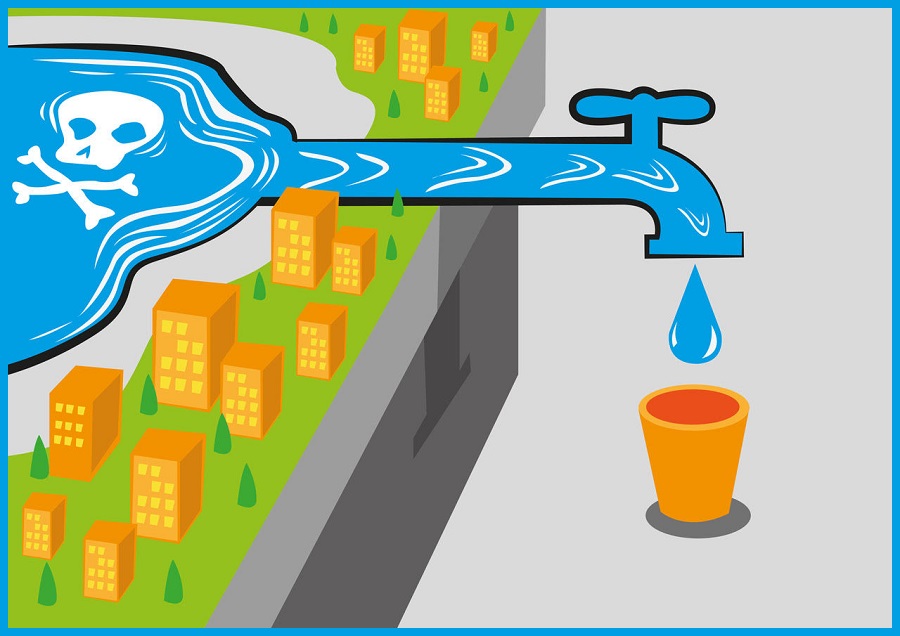
 A. Almost 50
A. Almost 50
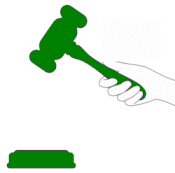 A. $500
A. $500
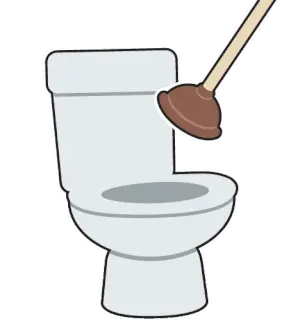
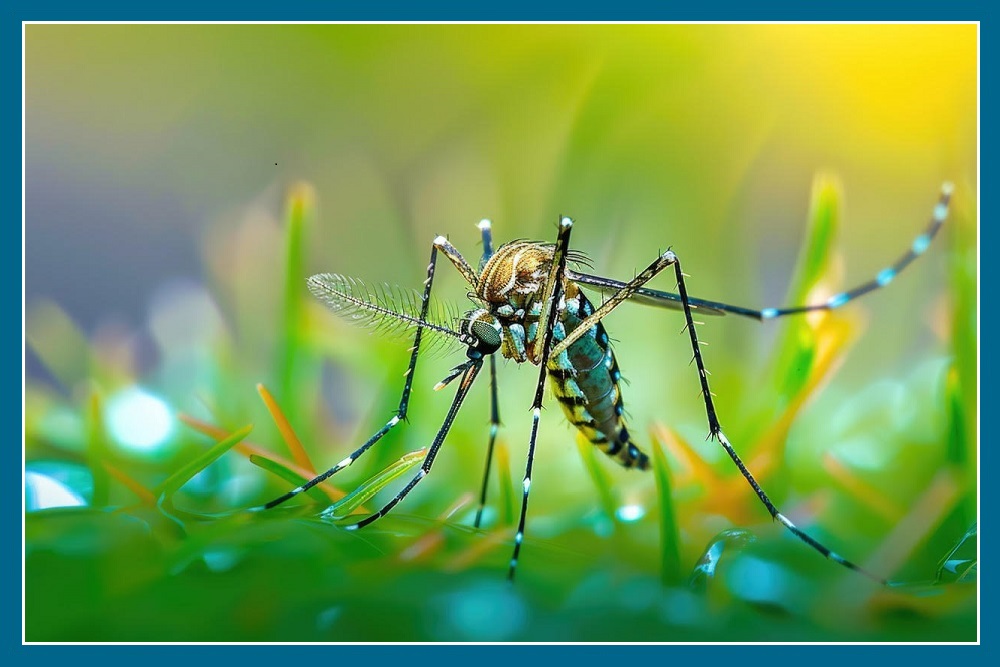
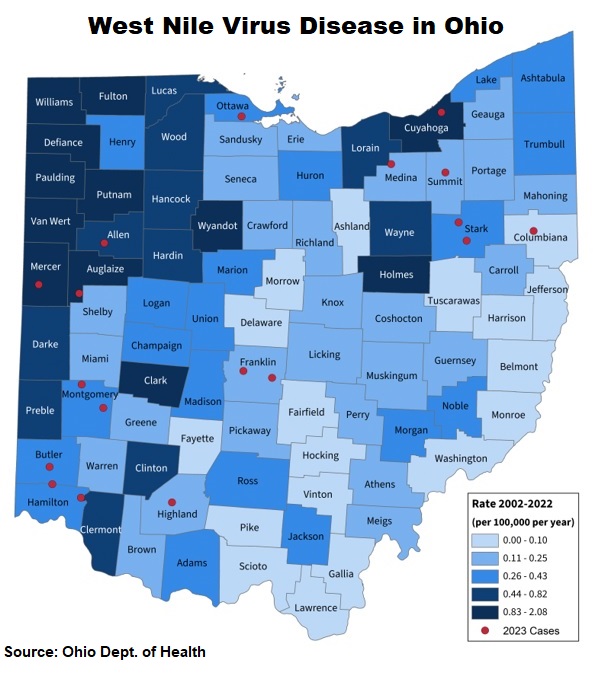
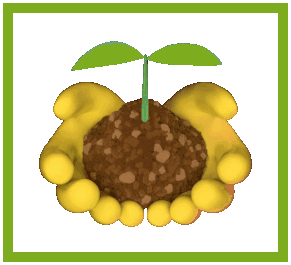 Bug Off!
Bug Off!
